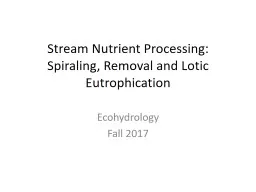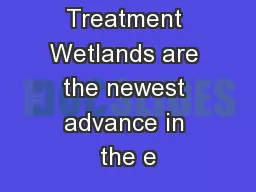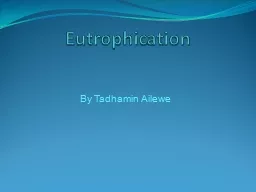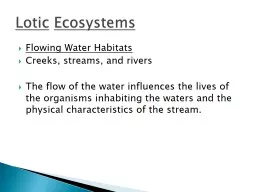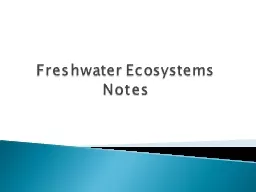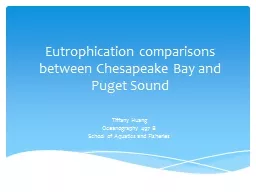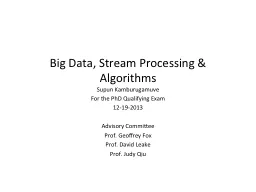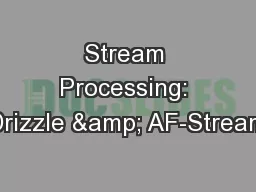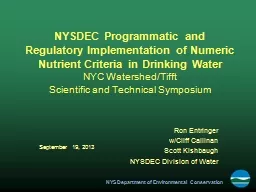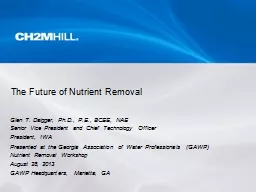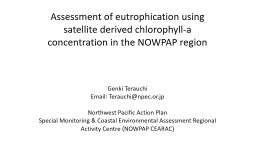PPT-Stream Nutrient Processing: Spiraling, Removal and Lotic Eutrophication
Author : mitsue-stanley | Published Date : 2019-03-16
Ecohydrology Fall 2017 Nutrient Cycles Global recycling of elemental requirements Major elements C H N O P S Micro nutrients Ca Fe Co B Mg Mn Cu K Z Na These
Presentation Embed Code
Download Presentation
Download Presentation The PPT/PDF document "Stream Nutrient Processing: Spiraling, R..." is the property of its rightful owner. Permission is granted to download and print the materials on this website for personal, non-commercial use only, and to display it on your personal computer provided you do not modify the materials and that you retain all copyright notices contained in the materials. By downloading content from our website, you accept the terms of this agreement.
Stream Nutrient Processing: Spiraling, Removal and Lotic Eutrophication: Transcript
Download Rules Of Document
"Stream Nutrient Processing: Spiraling, Removal and Lotic Eutrophication"The content belongs to its owner. You may download and print it for personal use, without modification, and keep all copyright notices. By downloading, you agree to these terms.
Related Documents

